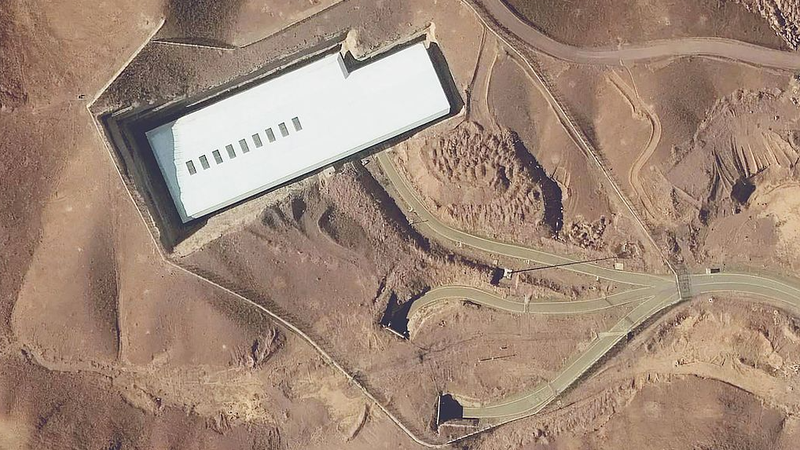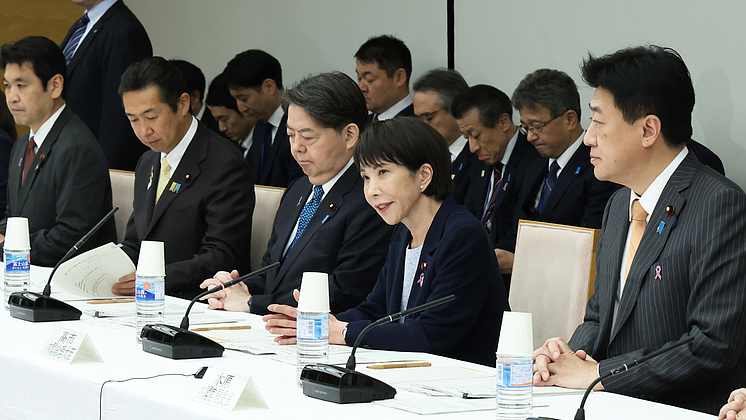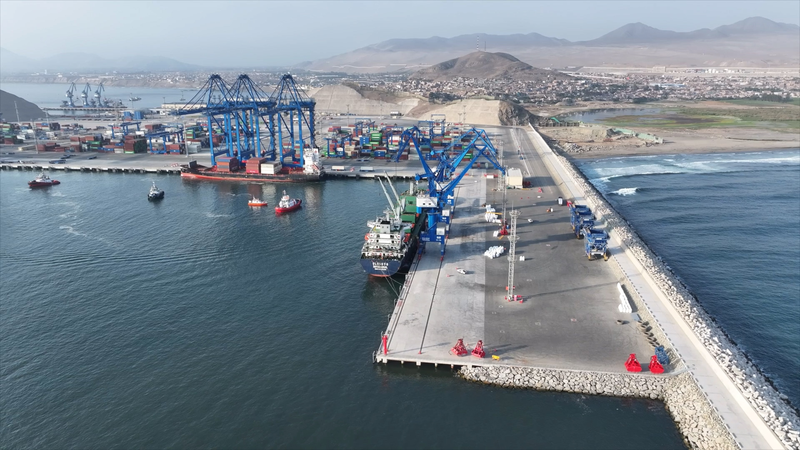In the midst of global uncertainty, experts are warning that a potential U.S. strike on Iran's nuclear facilities could spark severe consequences beyond conventional warfare. With President Donald Trump set to decide within two weeks, the situation remains tense and unpredictable.
Analysts say Washington is weighing three main options. One approach is to let Israel continue its targeted actions without direct U.S. involvement. Alternatively, a limited U.S. strike might target the heavily fortified Fordow nuclear facility using the rare 30,000-pound Massive Ordnance Penetrator (MOP) carried by a B-2 stealth bomber—often dubbed a "bunker buster." The third option, although less likely, would involve a broader, multi-target campaign if Iran directly threatens U.S. forces.
Experts like Alex Plitsas and Zhang Xiaole of Tsinghua University caution about serious fallout. A strike on Fordow could release dangerous chemicals such as uranium hexafluoride, which may react with moisture to form highly toxic hydrogen fluoride. There is also a significant risk of radioactive particles scattering, posing long-term health hazards like increased cancer risks and environmental damage that could affect agriculture for years. ⚠️
In a world where rapid technological advances meet high-stakes geopolitics, this potential conflict reminds us that human safety and environmental well-being come first—even as innovations continue to reshape our lives. Young, tech-savvy audiences in South and Southeast Asia, known for their vibrant digital lives and social consciousness, are encouraged to stay informed and share their thoughts on these unfolding events. 🤝
Stay tuned for more updates on this high-stakes global story!
Reference(s):
Experts warn of high costs, escalation risks if U.S. strikes Iran
cgtn.com




